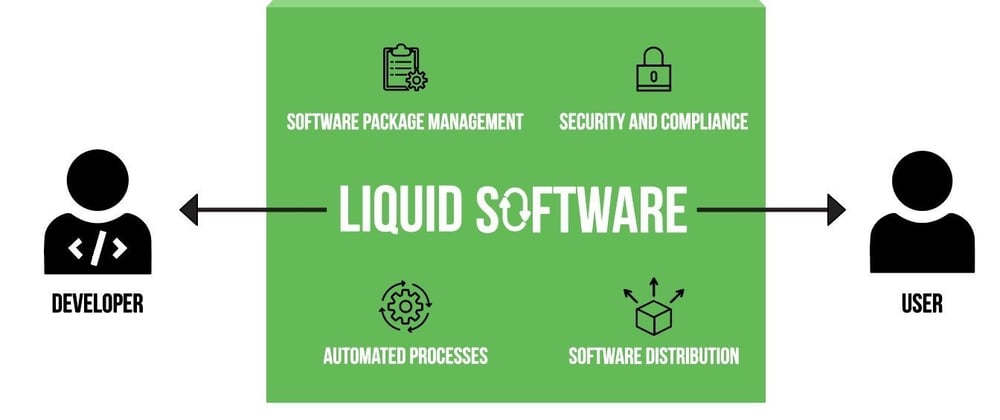Several organizations that are looking forward to adopting complete DevOps, need a one-stop solution for their CI/CD processes. With the newest addition of JFrog Pipelines, the JFrog platform provides end-to-end automation of your DevOps workflow.
As Continuous integrations with JFrog Pipelines is a major amendment for many organizations - modifying the build processes can be a slow and gradual process. However, the Continuous delivery process can be automated easily with the one-stop solution of the JFrog Platform using Distribution and Pipelines.
In this blog, we will be focusing on the step-by-step configuration of the JFrog Pipeline to automate the Distribution flow to various Edge nodes.
Pre-requisites:
- JFrog Distribution - Installed and configured with the required assets
- JFrog Pipelines - Installed and Pipeline source, Node pools defined
- JFrog Pipelines - Artifactory Integration and Distribution Integration defined
Step1:
Creating a release bundle in Distribution using Pipeline native steps and resources
For Example:
- name: Create_ReleaseBundle
type: CreateReleaseBundle
configuration:
releaseBundleName: Demo_RB
releaseBundleVersion: V1.2.${run_number}
inputResources:
- name: final_docker_gradleBuild_Info
- name: final_docker_npmBuild_Info
outputResources:
- name: New_ReleaseBundle
description: Release Bundle of gradle and npm
releaseNotes:
syntax: markdown
content: |
## Heading
* Bullet
* Points
(Please note; the inputResources here are defined as build info resources in this Pipeline)
Once the bundle is created, we can view it in JFrog Distribution as below;

Step2:
Sign the release bundle (Can be done with the above step by adding the sign parameter as ‘true’)
For example:
- name: Sign_ReleaseBundle
type: SignReleaseBundle
configuration:
inputResources:
- name: New_ReleaseBundle
trigger: true
outputResources:
- name: Signed_ReleaseBundle
Step3:
Creating the Distribution rule resource to define the Edge nodes where we want to distribute our releases
For example:
- name: Distribution_Rule
type: DistributionRule
configuration:
sourceDistribution: distribution
serviceName: edge-jpd
siteName: "edge-jpd"
cityName: "*"
countryCodes:
- "*"
Step4:
Distributing the release bundle by using the input resources - Release bundle + Distribution rule created in the above steps
For example:
- name: Distribute_ReleaseBundle
type: DistributeReleaseBundle
configuration:
dryRun: false
inputResources:
- name: Signed_ReleaseBundle
trigger: true
- name: Distribution_Rule
After the Distribution is complete - we can view the release bundle completion in JFrog UI of both Source and Destination Edge nodes as below:
In Source - Distribution tracking

In Edge node - Available packages that were Distributed

Thus, in some simple steps - we can automate the whole process of distribution using JFrog Pipelines.
In other words, our continuous delivery processes can be streamlined along with our Continuous integration processes and we are able to have an end-to-end CI/CD implementation.
Wishing you fast and healthy software deliveries!
The JFrog Platform






Oldest comments (0)